Deciding to have breast augmentation is a significant personal choice. For many, it's a path to feeling more confident and comfortable in their own skin. As you explore your options, you might find yourself looking beyond your local area, and Thailand often comes up as a popular destination for this procedure. Known for its skilled surgeons, modern medical facilities, and, importantly, more affordable prices, Thailand attracts people from all over the world.
But what exactly goes into the cost of breast augmentation in Thailand? It's more than just a single number. Various elements play a part, from the type of implants you choose to the specific clinic and surgeon. Understanding these details can help you plan better and make a choice that feels right for you. This guide aims to break down the costs associated with breast augmentation in Thailand, giving you a clearer picture of what to expect financially. We'll look at why Thailand is a favored spot, what the surgery involves, the factors that shape the price, and what's usually covered in the fee.
Why is Thailand a Top Choice for Breast Augmentation?
Thailand has built a strong reputation as a leading hub for medical tourism, especially for cosmetic procedures like breast augmentation. There are several compelling reasons why so many individuals choose the "Land of Smiles" for their surgery.
One of the most significant draws is the cost-effectiveness. Procedures in Thailand can be considerably less expensive than in countries like the United States, Australia, or many European nations. Often, you might find savings of 30% to 70% without a drop in the quality of care. This affordability makes the dream of breast augmentation accessible to a wider range of people.
Beyond the price, the quality of medical care in Thailand is a major factor. The country boasts numerous internationally accredited hospitals and clinics, equipped with advanced technology and adhering to high medical standards. Many Thai plastic surgeons have trained internationally, often in Western countries, and possess extensive experience and board certifications from respected organizations like the Society of Plastic and Reconstructive Surgeons of Thailand (ThPRS) or international bodies like the International Society of Aesthetic Plastic Surgery (ISAPS). This means patients can expect a high level of surgical skill and professional care.
The level of service and hospitality in Thailand is also renowned. Thai culture places a strong emphasis on warmth and attentive care, which extends to the medical field. Patients often report feeling well-cared for, with staff going the extra mile to ensure their comfort and well-being. Many hospitals and clinics have staff fluent in English and other languages, making communication easier for international patients.
Furthermore, the opportunity to combine a medical procedure with a vacation is an attractive prospect for many. Thailand offers beautiful scenery, rich cultural experiences, and relaxing environments perfect for recovery. Patients can choose to recuperate in a bustling city like Bangkok or a serene beach location like Phuket, turning their medical journey into a restorative getaway.
Finally, the availability of reputable medical tourism agencies simplifies the process. These agencies can help with everything from choosing a clinic and surgeon to arranging travel, accommodation, and post-operative care. This support system can make the entire experience smoother and less stressful, especially for those traveling from abroad for surgery for the first time. The combination of skilled surgeons, modern facilities, significant cost savings, and a welcoming environment makes Thailand a compelling choice for anyone considering breast augmentation.
Understanding Breast Augmentation: What Does the Procedure Involve?
Breast augmentation, often referred to as a "boob job," is a surgical procedure designed to increase breast size, improve shape, or restore breast volume lost after weight reduction or pregnancy. The primary methods to achieve this are through the placement of breast implants or, less commonly for significant size increase, via fat transfer.
Breast Implants: This is the most common method. Breast implants are medical devices that are surgically placed either under the breast tissue (subglandular) or under the chest muscle (submuscular or subpectoral). The choice of placement depends on various factors, including your anatomy, the type and size of the implant, and your surgeon's recommendation.
Types of Implants:
Saline Implants: These have a silicone outer shell and are filled with sterile saltwater (saline) after they are placed in the breast. They are inserted empty and then filled, allowing for a slightly smaller incision. If a saline implant ruptures, the saline is harmlessly absorbed by the body.
Silicone Gel Implants: These implants also have a silicone outer shell but are pre-filled with a silicone gel. Many women feel that silicone implants more closely mimic the feel of natural breast tissue. If a silicone implant leaks, the gel may remain within the shell or escape into the implant pocket. Modern silicone implants use a cohesive gel that is less likely to migrate significantly.
"Gummy Bear" or Form-Stable Implants: These are a type of silicone implant filled with a thicker, more cohesive silicone gel. They are designed to maintain their shape even if the implant shell is broken. They often have a teardrop shape, which can provide a more natural slope to the breast.
Implant Shapes:
Round Implants: These tend to make the breasts appear fuller, especially in the upper part. They are the most common shape used.
Teardrop (Anatomical) Implants: These are shaped to mimic the natural slope of the breast, being thinner at the top and fuller at the bottom. They can provide a very natural look, particularly in women with less existing breast tissue.
Implant Texture: Implants can have smooth or textured surfaces. Textured surfaces were designed to help reduce the risk of implant malposition and capsular contracture, though discussions around the benefits and risks of different textures are ongoing.
Fat Transfer Breast Augmentation: This method involves harvesting fat from another part of your body (like the abdomen, thighs, or flanks) using liposuction. The fat is then processed and purified before being injected into the breasts to add volume. Fat transfer typically results in a more modest increase in breast size (usually one cup size or less per session) and is often chosen by women seeking a very natural result or a slight enhancement. One of the benefits is that it uses your own body tissue, eliminating the risks associated with implants. However, not all of the transferred fat will survive, and multiple sessions may be needed to achieve the desired volume.
The Surgical Procedure: Breast augmentation is usually performed under general anesthesia and typically takes one to three hours.
Incisions: The surgeon will make incisions in inconspicuous areas to minimize visible scarring. Common incision sites include:
Inframammary: In the crease under the breast. This is a very common approach.
Periareolar: Around the edge of the areola (the dark skin around the nipple).
Transaxillary: In the armpit.
Transumbilical (TUBA): Through the navel (less common, typically only for saline implants).
Creating a Pocket: After the incision is made, the surgeon creates a pocket for the implant, either directly behind the breast tissue or underneath the pectoral muscle.
Implant Placement: The implant is carefully inserted into the pocket and centered behind the nipple. If saline implants are used, they are filled to the desired size once in place.
Closing Incisions: The incisions are closed with sutures, and surgical tape or skin adhesive may be applied. Sometimes, drainage tubes are placed to help remove excess fluid after surgery, though this is becoming less common.
Recovery involves some swelling, bruising, and discomfort for a period, with specific aftercare instructions provided by the surgeon. Understanding these basics helps you have a more informed discussion with your surgeon about your goals and the best approach for you.
Key Factors That Influence Breast Augmentation Costs in Thailand
The overall price tag for breast augmentation in Thailand isn't a one-size-fits-all figure. Several important elements contribute to the final cost. Being aware of these can help you understand quotes and compare options more effectively.
Type and Brand of Implants: This is one of the most significant cost drivers.
Saline vs. Silicone: Silicone gel implants generally cost more than saline implants due to their manufacturing process and the feel they provide.
Shape (Round vs. Teardrop): Teardrop (anatomical) implants are often more expensive than round implants because they require precise placement and are considered more specialized.
Brand: Well-known international implant brands like Mentor, Motiva, Allergan, or Eurosilicone can command different prices based on their technology, warranty, and market reputation. Some newer generation implants with advanced features (e.g., specific textures or gel cohesiveness) might also be pricier.
Size: While not always a major factor, very large or custom-sized implants might incur additional costs.
Surgeon's Expertise and Reputation: The surgeon's fee makes up a substantial part of the total cost. Highly experienced surgeons with specialized training in breast augmentation, a strong portfolio of successful outcomes, and international recognition may charge more for their services. Their skill is crucial for achieving desirable aesthetic results and minimizing complications.
Hospital or Clinic Standards and Location:
Facility Accreditation: Internationally accredited hospitals (e.g., JCI accredited) with state-of-the-art equipment, advanced operating rooms, and comprehensive patient care services will generally have higher facility fees than smaller, local clinics.
Location: Clinics in major tourist destinations or upscale areas of cities like Bangkok or Phuket might have higher overheads, which can be reflected in the price.
Anesthesia Fees: Breast augmentation is typically performed under general anesthesia, which must be administered and monitored by a qualified anesthesiologist. The anesthesiologist's fee and the cost of anesthetic medications will be included in the total.
Complexity of the Procedure:
Implant Placement: Techniques like dual-plane placement (partially under the muscle, partially under the gland) can be more intricate and time-consuming for the surgeon, potentially affecting the cost.
Combined Procedures: If you're having a breast lift (mastopexy) at the same time as your augmentation, this will significantly increase the cost as it's a more complex surgery.
Revision Surgery: Breast augmentation revision (correcting or replacing previous implants) is often more complex and thus more expensive than a primary augmentation.
Pre-operative Tests and Post-operative Care:
Medical Tests: Necessary blood tests, EKG, or chest X-rays before surgery contribute to the cost.
Post-operative Garments: Specialized surgical bras or compression garments are usually required and may be included in the package or be an additional expense.
Medications: Pain relief medication and antibiotics for after the surgery are part of the cost.
Follow-up Appointments: The number and extent of follow-up visits can be factored in.
Length of Hospital Stay: Most breast augmentation procedures require a one-night stay in the hospital or surgical facility for monitoring. If a longer stay is needed due to individual circumstances or the complexity of the surgery, this could increase the cost.
Inclusions in Surgical Packages: Some clinics offer all-inclusive packages that might cover airport transfers, accommodation for a set period, and dedicated patient support. While convenient, the comprehensiveness of these packages will influence the price.
Understanding these variables will help you ask the right questions during your consultations and ensure you have a clear picture of what your specific breast augmentation journey in Thailand will entail financially.
Breaking Down the Average Cost of Breast Augmentation in Thailand
One of the primary reasons many consider Thailand for breast augmentation is the potential for significant cost savings compared to Western countries. While prices can vary, it's helpful to look at average ranges.
Generally, the cost for breast augmentation in Thailand can range from approximately $2,500 to $7,000 (USD). In Thai Baht, this often translates to roughly 80,000 THB to 250,000 THB.
Here's a more detailed breakdown of potential costs based on common factors:
Estimated Cost Table for Breast Augmentation in Thailand (USD)
Procedure/Implant Type
Estimated Cost Range (USD)
Notes
Standard Round Saline Implants
$2,500 - $4,000
Generally the most affordable option.
Standard Round Silicone Gel Implants
$3,000 - $5,500
Most popular choice; cost varies by brand (e.g., Mentor, Motiva).
Teardrop (Anatomical) Silicone Implants
$4,000 - $7,000
More expensive due to implant shape and potentially more complex placement.
Fat Transfer Breast Augmentation
$3,500 - $6,000
Can vary widely based on the amount of fat transferred and if multiple sessions are needed. Some sources quote lower starting points.
Breast Augmentation with a Lift
$5,000 - $8,500+
Combines two procedures, increasing complexity and time.
Revision Breast Augmentation
$4,500 - $8,000+
Typically more complex and costly than primary augmentation.
Disclaimer: These prices are estimates and can vary significantly. They are intended to provide a general idea. Always get a personalized quote from your chosen clinic.
What influences these price ranges within Thailand?
Clinic Reputation and Location: A high-end clinic in a prime Bangkok location might charge more than a smaller clinic in a less central area. Renowned hospitals like Bumrungrad International or Yanhee International Hospital will have their own pricing structures.
Surgeon's Experience: Highly sought-after surgeons with extensive international experience may have higher fees.
Implant Brand: Premium implant brands (e.g., Motiva Ergonomix2®) will be at the higher end of the price scale compared to more standard options. For example, Mentor implants are a popular and trusted brand, and their price will be factored in.
Inclusions: Some clinics offer packages that might include accommodation, airport transfers, and extensive post-operative care, which would be reflected in a higher upfront cost but could offer overall value.
Comparison with Other Countries:
USA: Breast augmentation can range from $6,000 to $12,000 or more.
Australia: Costs can be from $10,000 to $17,000 AUD.
UK: Prices typically fall between £5,000 to £8,000 (approximately $6,300 - $10,000 USD).
Singapore: Estimated costs are around S$11,000 to S$20,000 (approximately $8,100 - $14,800 USD).
As you can see, even at the higher end of the Thai price range, there are often substantial savings to be made. However, it's crucial not to let cost be the only deciding factor. The surgeon's skill, clinic accreditation, and your comfort level are paramount.
What's Typically Included in a Breast Augmentation Package in Thailand?
When you receive a quote for breast augmentation in Thailand, it's important to understand exactly what services and items are covered in the stated price. While packages vary from clinic to clinic, many reputable facilities offer comprehensive packages designed to make the process smoother for international patients. Here’s a general idea of what you can often expect to be included:
Surgeon's Fees: This covers the cost of the plastic surgeon performing the operation. This is usually a significant portion of the total price.
Anesthesiologist's Fees: The cost for the specialist who administers and monitors your anesthesia during the surgery.
Implant Costs: The price of the breast implants themselves (e.g., Mentor, Motiva, saline, silicone, round, or teardrop). The type of implant chosen will heavily influence this component.
Hospital/Clinic Facility Fees: Charges for the use of the operating room, surgical equipment, and other hospital resources during the procedure.
Initial Consultation: The pre-operative consultation with your surgeon to discuss your goals, assess your suitability, explain the procedure, and choose implants. Some may offer free online consultations initially.
Pre-operative Tests: Basic medical examinations required before surgery, such as blood tests or an EKG, to ensure you are fit for the procedure.
Hospital Stay: Typically, a one-night stay in a private room at the hospital or clinic following the surgery for monitoring and initial recovery. Some more complex procedures might include a two-night stay.
Medications:
During Surgery: Any medications administered during the operation.
Post-operative Medications: This usually includes pain relief medication, antibiotics to prevent infection, and sometimes anti-nausea medication for the immediate recovery period.
Post-operative Garments: A specialized surgical bra or compression garment to support your breasts and aid healing after surgery.
Follow-up Appointments: Scheduled check-ups with your surgeon after the procedure to monitor your healing, remove any stitches (if not dissolvable), and address any concerns. This typically includes appointments before you leave Thailand.
Basic Post-operative Care Instructions and Support: Guidance on wound care, activity restrictions, and what to expect during your recovery.
What Might Not Be Included (or may be part of premium packages):
Flights: Airfare to and from Thailand is usually the patient's responsibility, although some high-end medical tourism agencies might offer packages that include flights.
Accommodation (Beyond Hospital Stay): While the initial hospital night is typically covered, your hotel stay before and after the hospital admission is often separate. Some clinics have partnerships with nearby hotels or offer packages that include a certain number of nights' accommodation.
Airport Transfers: Some clinics include this as a courtesy, while others may charge for it or leave it for you to arrange.
Meals (Beyond Hospital Stay): Meals during your hospital stay are usually provided, but not for your entire trip.
Visa Costs: If applicable for your nationality.
Travel Insurance: Highly recommended, but usually an additional personal expense.
Non-standard Medications: Any prescription medications for pre-existing conditions or specialized post-op medications beyond the standard ones.
Additional Medical Treatments: If unforeseen complications arise that require treatment beyond the scope of a standard recovery, there might be additional costs. This is where good travel and medical insurance is vital.
Revisional Surgery Costs (if needed later): The policy on covering costs for future revisions due to complications like capsular contracture or implant rupture varies. This should be discussed with your surgeon. Some implant warranties cover the implant itself, but not surgical fees for replacement.
Personal Expenses: Shopping, tourism, and other personal spending.
Always ask for a detailed, itemized list of what is included in your quoted price. This clarity helps you budget accurately and avoid unexpected expenses. Good communication with the clinic or your medical tourism facilitator is key.
The Journey: From Consultation to Recovery in Thailand
Embarking on a breast augmentation journey in Thailand involves several stages, from your initial research to your full recovery. Knowing what to expect can make the process feel more manageable and less daunting.
Initial Research and Online Consultation:
Your journey will likely begin with online research to identify potential clinics, surgeons, and medical tourism facilitators.
Many clinics offer online consultations. You might fill out a medical questionnaire and share photos. This allows the surgeon to provide a preliminary assessment, discuss options, and give an estimated cost.
Planning Your Trip:
Once you've chosen a clinic and surgeon, you'll coordinate surgery dates.
Book flights and arrange accommodation. Plan to arrive a few days before your surgery for the in-person consultation and pre-operative tests, and allow sufficient recovery time in Thailand (typically 7-14 days post-surgery) before flying home.
Secure any necessary visas and purchase comprehensive travel and medical insurance.
Pre-Surgery in Thailand:
In-Person Consultation: You'll meet your surgeon for a detailed discussion. This is where you'll finalize implant choices (size, type, shape), discuss incision placement, and ask any remaining questions. The surgeon will perform a physical examination.
Pre-operative Tests: You'll undergo necessary medical checks, such as blood tests, possibly an EKG or chest X-ray, to confirm you're fit for surgery.
Pre-operative Instructions: You'll receive instructions on fasting before surgery, medications to avoid (like aspirin or anti-inflammatory drugs that can increase bleeding), and guidelines on stopping smoking (as smoking impairs healing).
The Day of Surgery:
You'll be admitted to the hospital or clinic.
The anesthesiologist will meet with you to discuss the anesthesia.
The surgeon may make final markings on your breasts.
The surgery itself usually takes 1-3 hours under general anesthesia.
Immediate Post-Operative Period (Hospital Stay):
After surgery, you'll be taken to a recovery room for monitoring as the anesthesia wears off.
You can expect some pain, swelling, and grogginess. Pain medication will be provided.
You'll likely stay in the hospital for one night (sometimes two for more complex cases). Nurses will monitor your vital signs and comfort.
You'll be wearing a surgical bra or bandages. Drainage tubes might be in place temporarily.
Early Recovery in Thailand (First 1-2 Weeks):
Discharge: Once stable, you'll be discharged to your hotel or recovery accommodation.
Activity: Rest is crucial, but light walking is encouraged to promote circulation. Avoid strenuous activities, lifting heavy objects, or raising your arms above your head.
Pain Management: Continue taking prescribed pain medication as needed.
Swelling and Bruising: This is normal and will gradually subside. Your breasts may feel tight and sit high on your chest initially.
Follow-up Appointment(s): You'll have one or more follow-up appointments with your surgeon (typically 5-10 days post-op). They will check your incisions, remove drains if present, potentially change dressings, and assess your initial healing. This is when you'll usually be cleared for travel.
Incision Care: You'll receive specific instructions on how to care for your incisions. Keep them clean and dry. You may be able to shower after a couple of days, depending on your surgeon's advice.
Support Bra: You'll need to wear your surgical support bra continuously for several weeks.
Returning Home and Continued Recovery:
Travel: Ensure you feel well enough to travel. Request assistance at the airport if needed, and avoid lifting heavy luggage.
Ongoing Healing: Swelling and bruising will continue to improve over the next few weeks to months. It can take 6 months to a year for your breasts to fully settle into their final shape and for scars to mature.
Activity Restrictions: Gradually resume normal activities as advised by your surgeon. Strenuous exercise and heavy lifting should be avoided for at least 4-6 weeks, sometimes longer.
Scar Management: Your surgeon may recommend scar creams or silicone sheets once the incisions are fully healed.
Listen to Your Body: Pay attention to any unusual symptoms and contact your surgeon or local doctor if you have concerns.
Long-Term: Breast implants are not considered lifetime devices. You may need further surgery in the future to replace or remove them. Regular check-ups and being aware of your breast health are important.
Throughout this journey, open communication with your surgical team in Thailand is key. Many clinics provide contact information for post-operative support should you have questions after returning home.
Beyond the Procedure: Enjoying Your Stay in Thailand
While your primary reason for visiting Thailand might be for breast augmentation, the country offers a unique opportunity to combine your medical journey with a memorable travel experience, particularly during your pre-surgery period or the later stages of your recovery (once cleared by your surgeon for light activities).
Pre-Surgery Exploration: If you arrive a few days before your surgery, take the chance to acclimatize and enjoy some of what Thailand has to offer.
Bangkok: Explore ornate temples like Wat Arun or Wat Pho (home of the Reclining Buddha), take a boat trip along the Chao Phraya River, indulge in world-class shopping at malls like Siam Paragon or MBK Center, or sample delicious street food.
Phuket or Other Coastal Areas: If your clinic is near the coast, you might enjoy relaxing on the beautiful beaches, taking gentle walks, and enjoying fresh seafood before your procedure.
Post-Surgery Relaxation and Light Activities (with surgeon's approval): During your initial recovery period (the 7-14 days you'll likely spend in Thailand post-op), your activities will be limited, but you can still find ways to enjoy your surroundings peacefully.
Comfortable Accommodation: Choose a hotel or serviced apartment that is comfortable and conducive to relaxation. Access to room service or nearby food delivery can be very helpful.
Gentle Strolls: Once you're feeling up to it, short, slow walks in quiet areas can be beneficial for circulation and your well-being. Many hotels have pleasant gardens or nearby parks.
Local Markets (easy Browse): If you're feeling well enough and it doesn't involve much exertion, a gentle browse through a local market for some light souvenir shopping can be a pleasant distraction. Avoid crowded areas and heavy lifting.
Spa Treatments (limited): While vigorous massages are out, you might enjoy a gentle hand or foot massage if your surgeon approves, ensuring no pressure is near your chest area. Always check with your medical team first.
Enjoying Thai Cuisine: Sample the diverse and delicious Thai food. Opt for healthy and easily digestible options, especially in the early days of recovery.
Cultural Experiences: Depending on your mobility and comfort, you might visit a museum or a cultural show that doesn't require much physical activity.
Important Considerations for Enjoying Your Stay Safely:
Prioritize Recovery: Your health and recovery are paramount. Don't push yourself to do too much too soon.
Follow Medical Advice: Strictly adhere to your surgeon's instructions regarding activity levels, sun exposure (scars are sensitive to sun), and swimming (usually not allowed until incisions are fully healed).
Stay Hydrated and Eat Well: Support your body’s healing with good nutrition and plenty of water.
Avoid Crowds and Strenuous Activities: Crowded places can increase the risk of bumps or infection, and strenuous activities can strain your incisions.
Sun Protection: Protect your incisions and healing skin from direct sunlight.
Comfortable Clothing: Wear loose, comfortable clothing that is easy to put on and take off.
Many patients find that the calming environment and warm hospitality of Thailand contribute positively to their recovery experience. Planning for some gentle enjoyment can make your medical trip more pleasant, but always ensure your activities are safe and support your healing process.
Frequently Asked Questions (FAQs)
How much pain can I expect after breast augmentation in Thailand?
You will experience some pain, swelling, and tightness in the chest area after surgery. This is usually most pronounced in the first few days. Your surgeon will prescribe pain medication to manage this discomfort. Most patients find the pain manageable and it gradually lessens each day. The level of pain can also depend on whether the implant is placed over or under the muscle (under the muscle placement can sometimes cause more initial discomfort).
How long do I need to stay in Thailand after the surgery?
Most surgeons recommend staying in Thailand for about 7 to 14 days after your breast augmentation. This allows for at least one or two post-operative check-ups with your surgeon to monitor your initial healing and ensure you are safe to travel back home.
When can I see the final results of my breast augmentation?
While you'll notice an immediate change in breast size, the final results take time. Your breasts will initially be swollen, may sit high on your chest, and feel firm. Over several weeks and months, the swelling will subside, the implants will "drop and fluff" (settle into a more natural position), and the breast tissue will soften. It can take anywhere from 6 months to a year to see the final aesthetic outcome. Scars will also continue to fade and mature over this period.
What are the main risks associated with breast augmentation?
Like any surgery, breast augmentation carries risks. These include infection, bleeding (hematoma), adverse reaction to anesthesia, changes in nipple or breast sensation (temporary or permanent), capsular contracture (scar tissue tightening around the implant), implant leakage or rupture, asymmetry, and the need for revision surgery. Choosing a qualified, experienced surgeon and accredited facility in Thailand helps minimize these risks. Your surgeon will discuss these with you in detail.
What type of implants are best, and are they safe in Thailand?
There isn't one "best" type of implant; it depends on your anatomy, goals, and surgeon's recommendation. Saline and silicone gel implants are both widely used. Reputable clinics in Thailand use high-quality, internationally recognized implant brands (like Mentor, Motiva) that meet safety standards, the same brands used in Western countries. Your surgeon will discuss the pros and cons of each type to help you make an informed choice. Ensure your surgeon provides you with the implant details and warranty information.
Can I combine breast augmentation with other procedures in Thailand?
Yes, it's quite common for patients to combine breast augmentation with other procedures, such as a breast lift (mastopexy), tummy tuck, or liposuction, often as part of a "mommy makeover." Combining procedures can be more cost-effective and mean only one recovery period. However, it also means a longer surgery and potentially a more demanding recovery. Your surgeon will assess your health and suitability for combined procedures.
Ready to Explore Your Options? Let PlacidWay Guide You!
Thinking about breast augmentation is a big step, and considering it in a place like Thailand brings its own set of questions, especially about costs and finding the right care. We hope this guide has given you a clearer understanding of what to expect.
If you're feeling ready to take the next step or simply want more personalized information, PlacidWay is here to help. We connect individuals with trusted, accredited medical facilities and experienced surgeons in Thailand and around the world. Let us help you navigate your options, understand the details, and find a solution that fits your needs and budget.
Don't let uncertainty hold you back. Contact PlacidWay today for a personalized consultation and let's begin your journey to a more confident you!
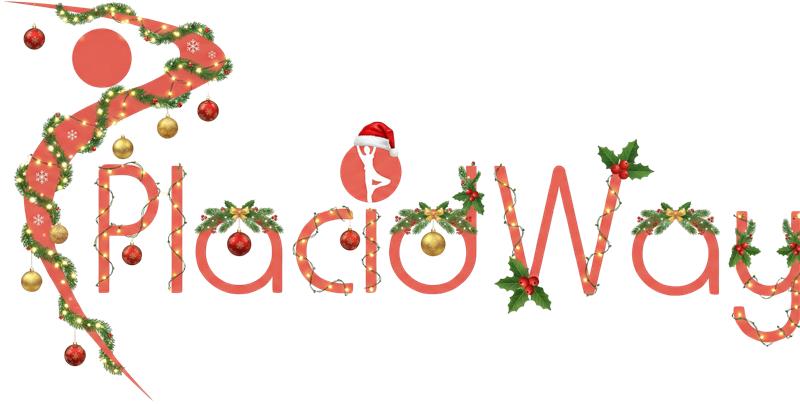
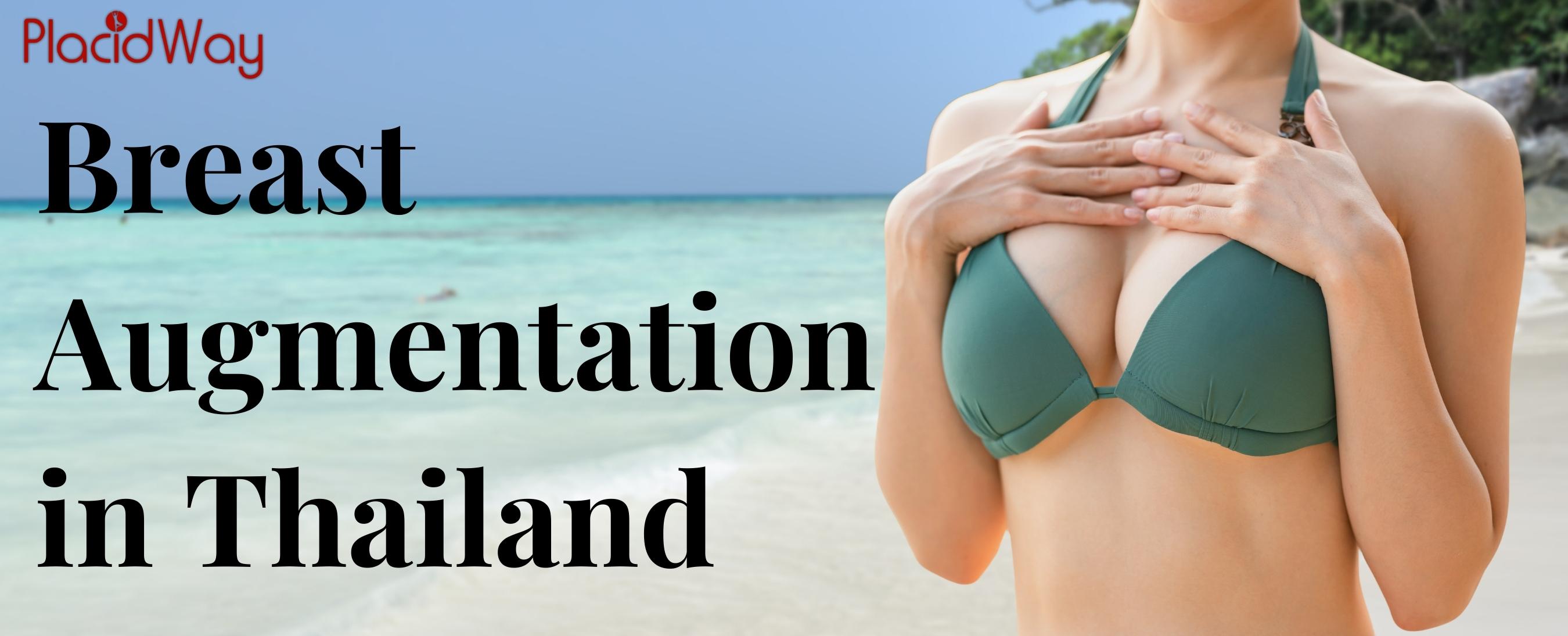



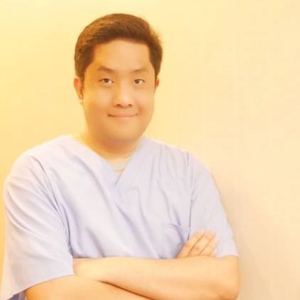
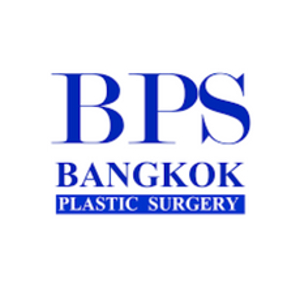
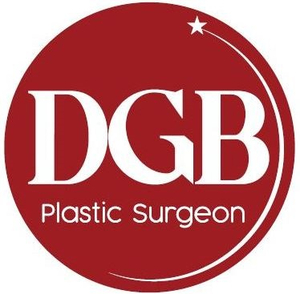




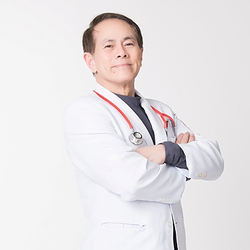


.jpg)
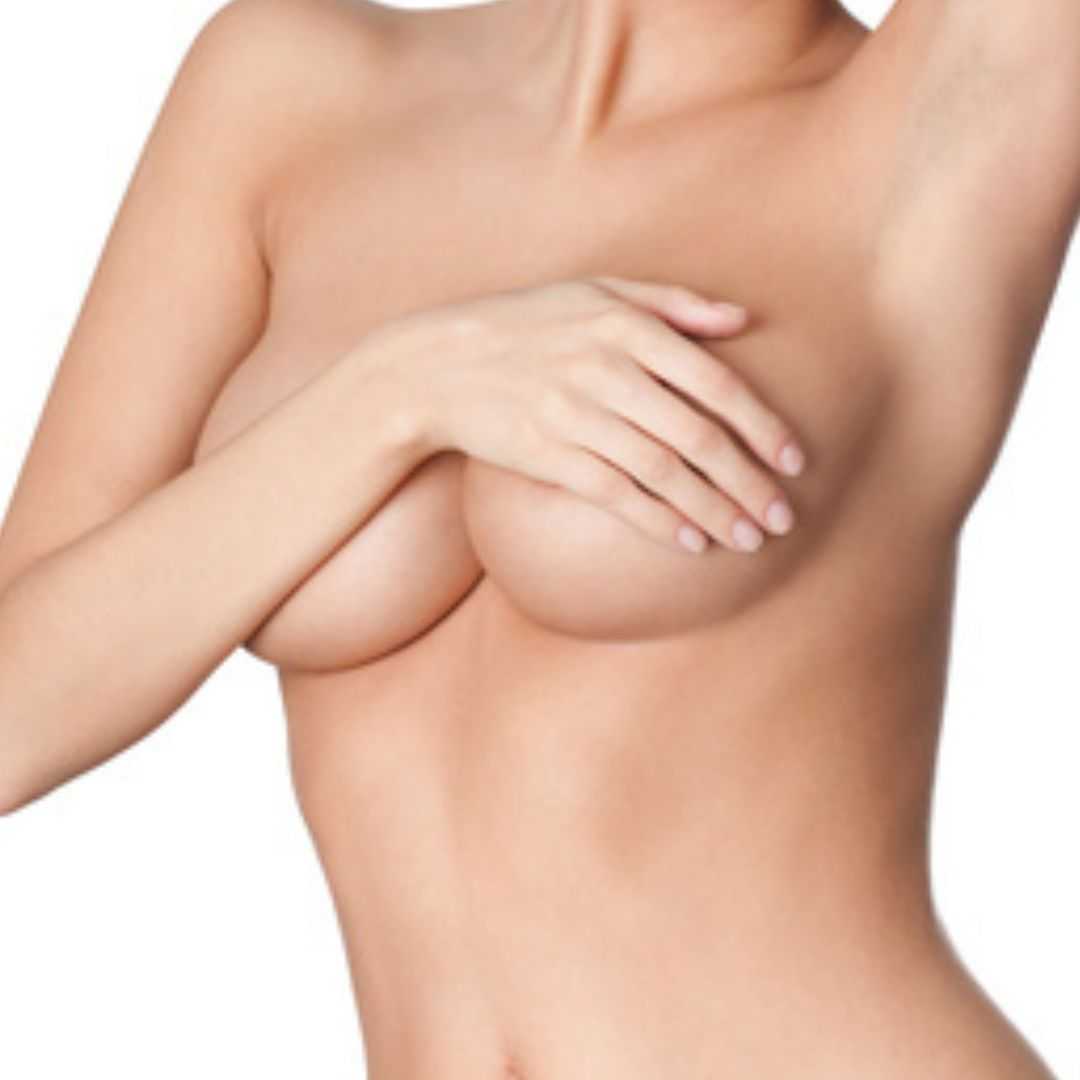
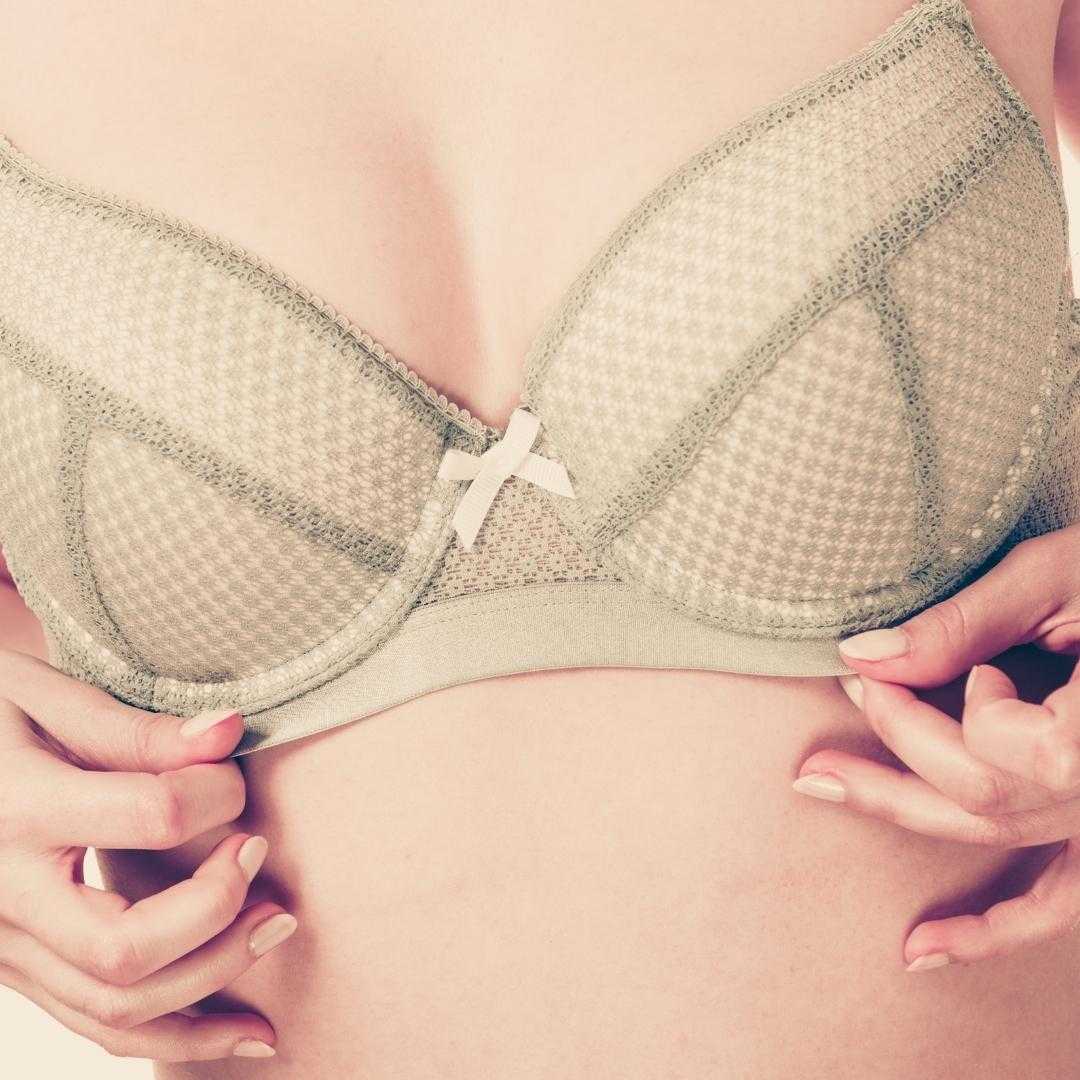
.png)

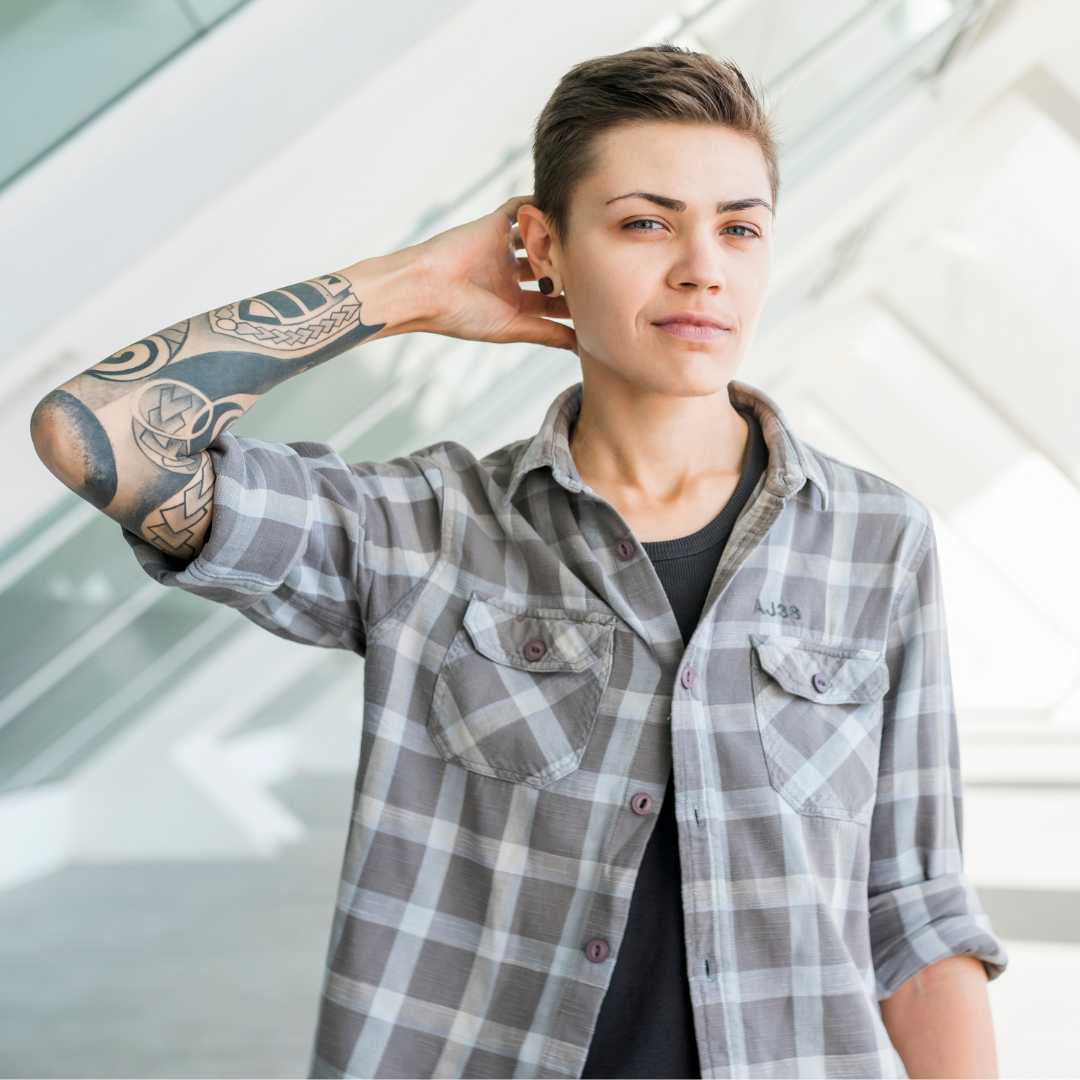



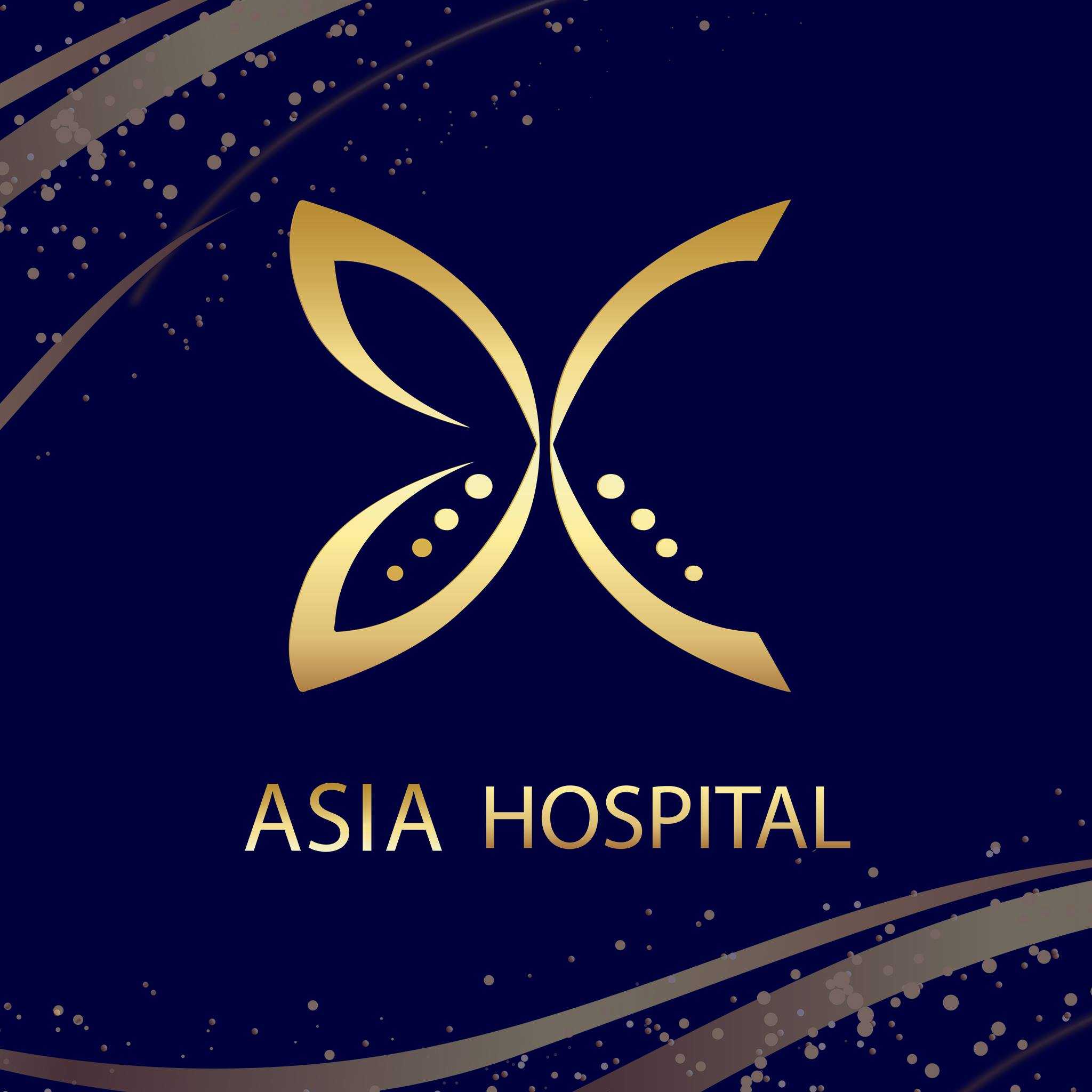
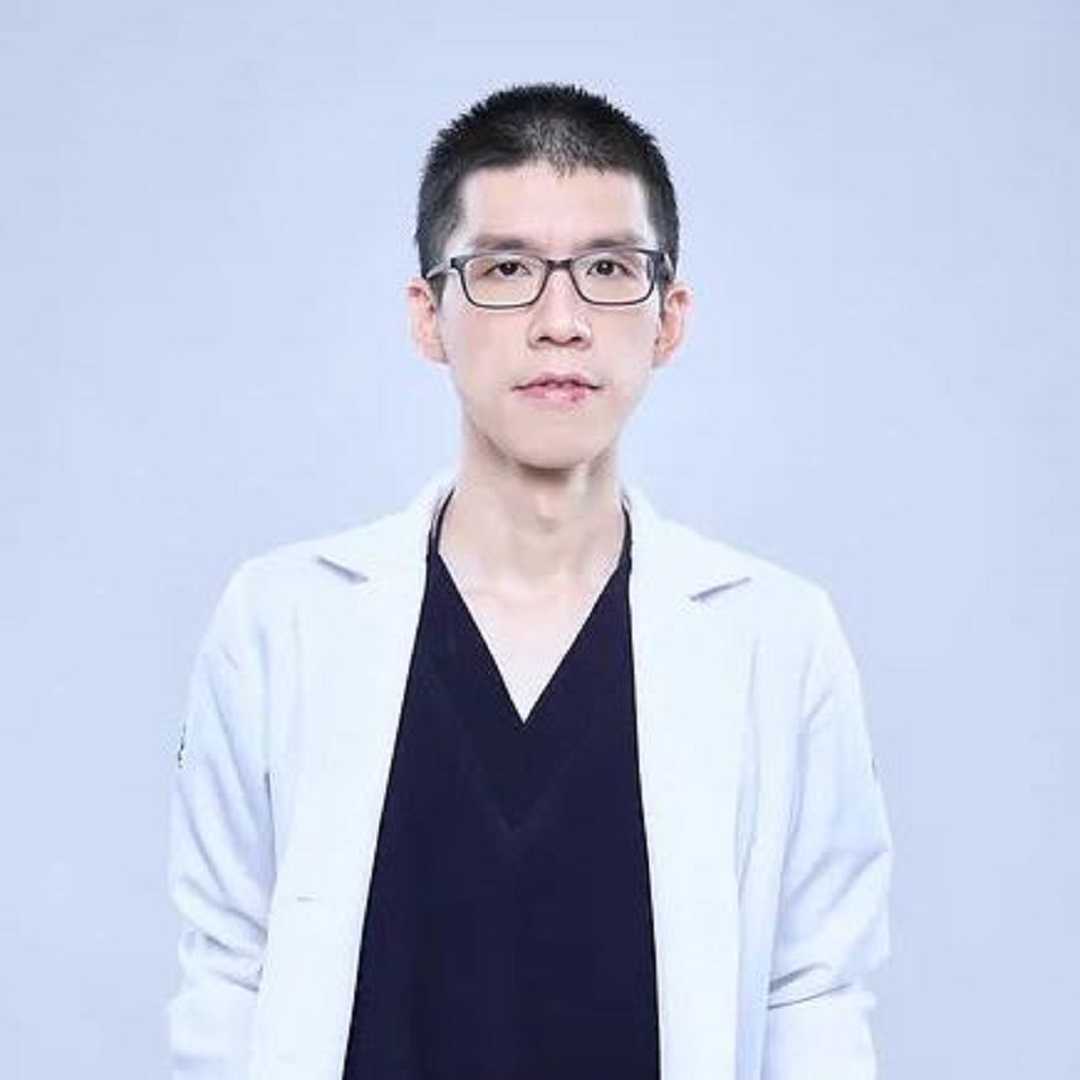
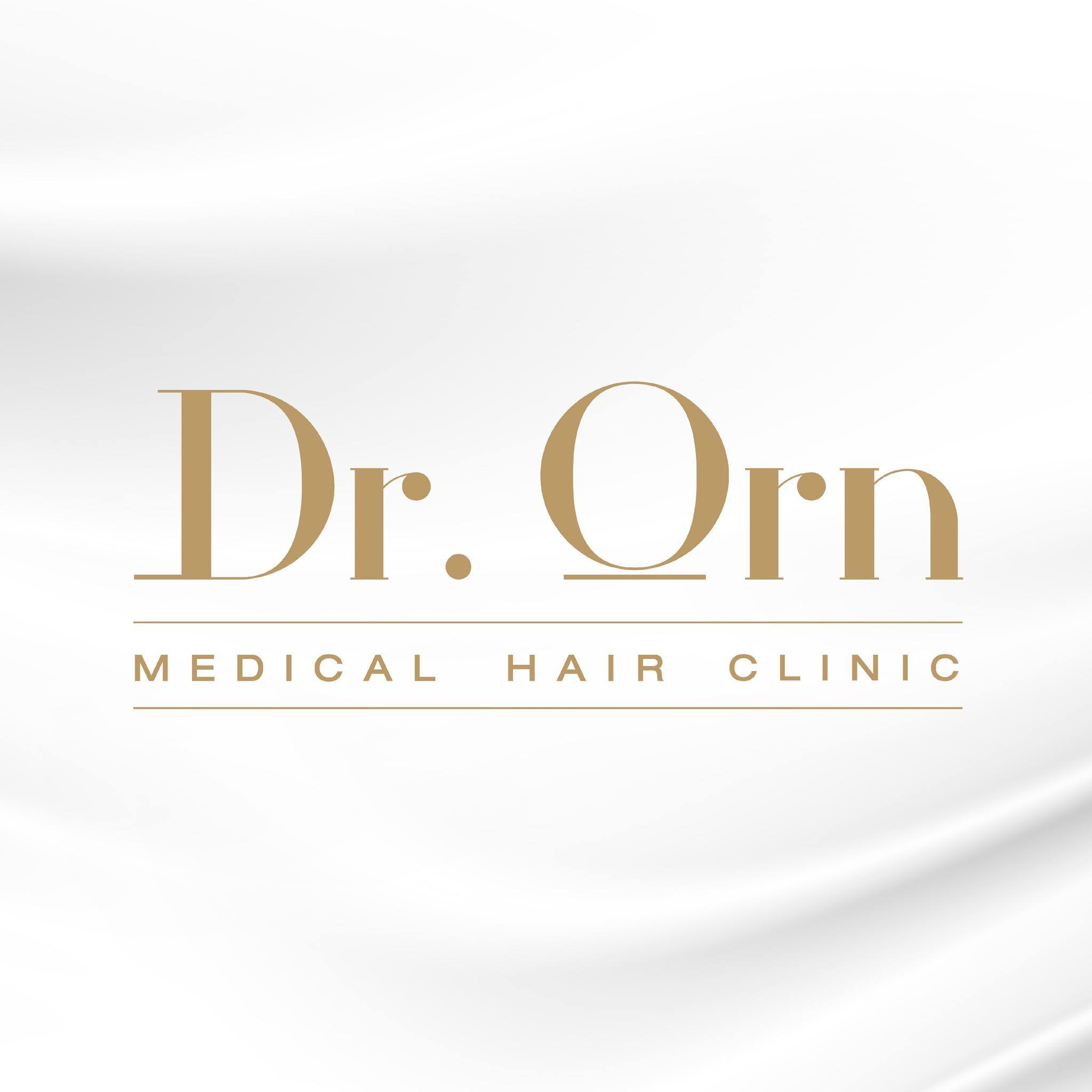

Share this listing